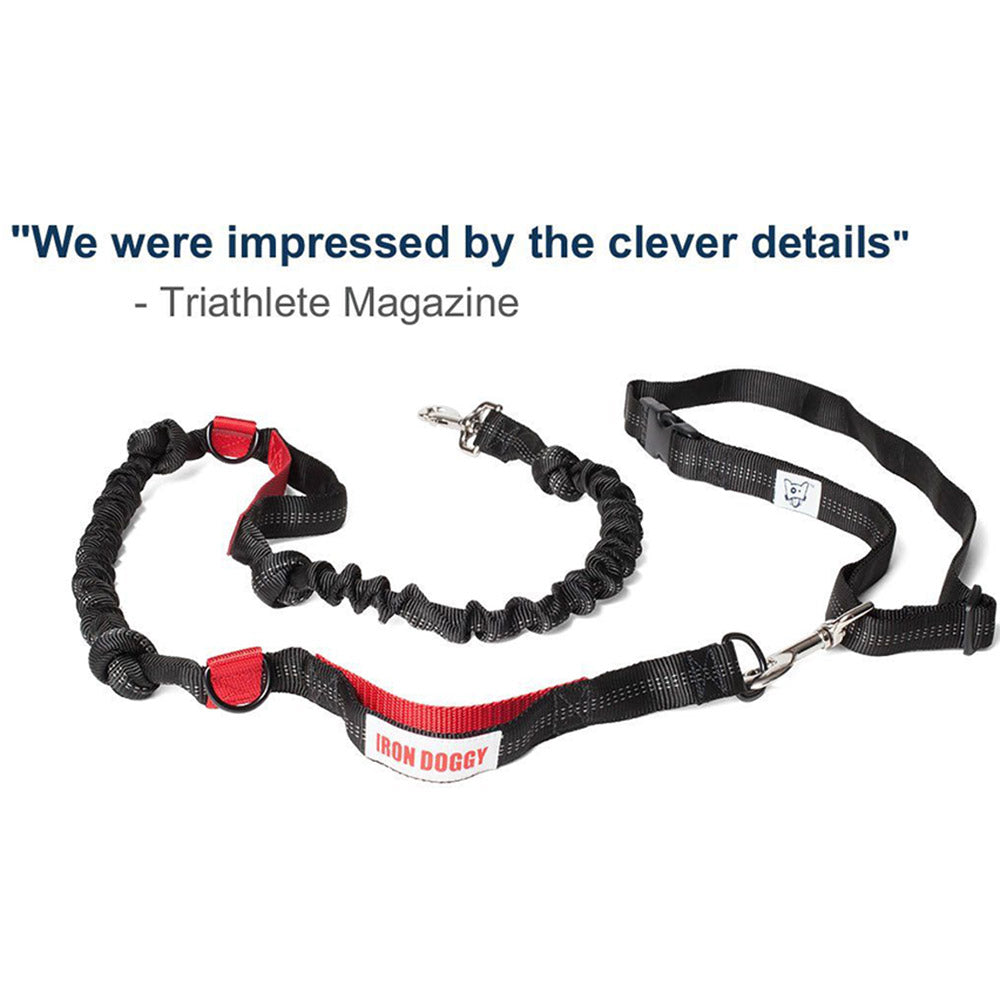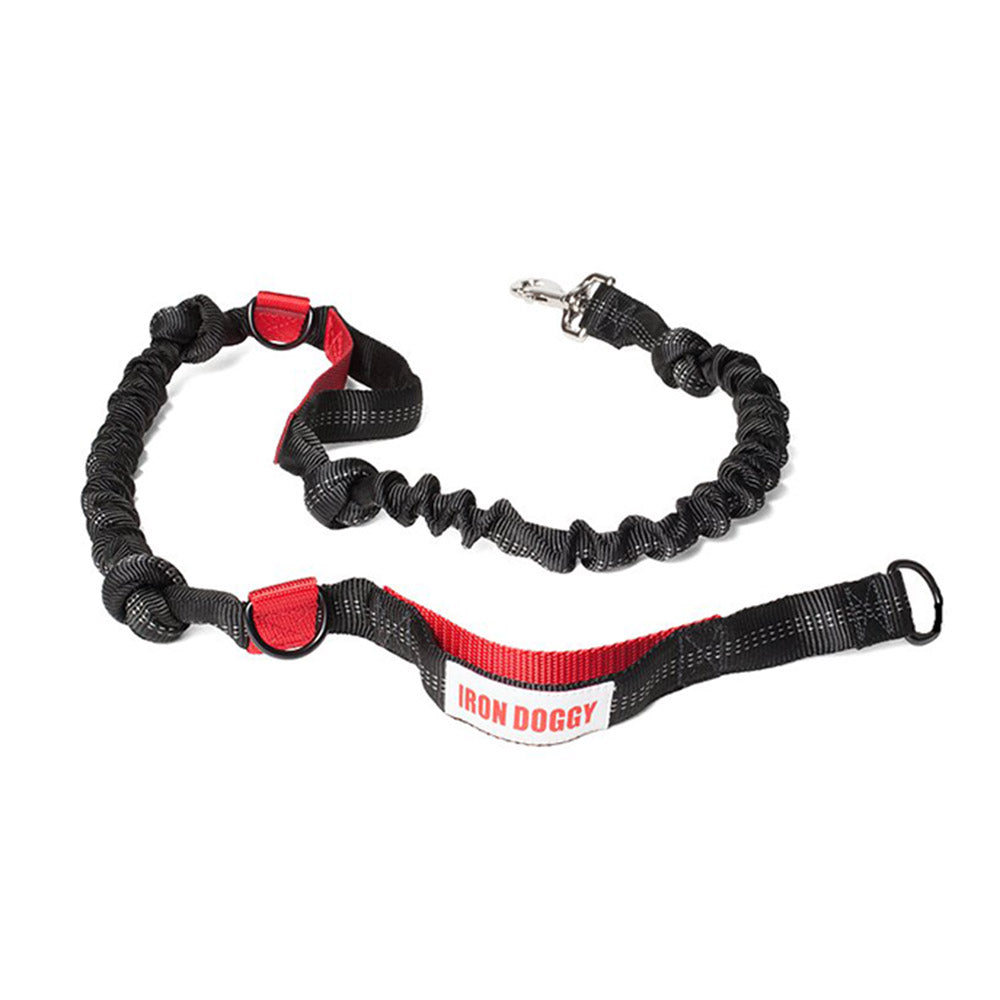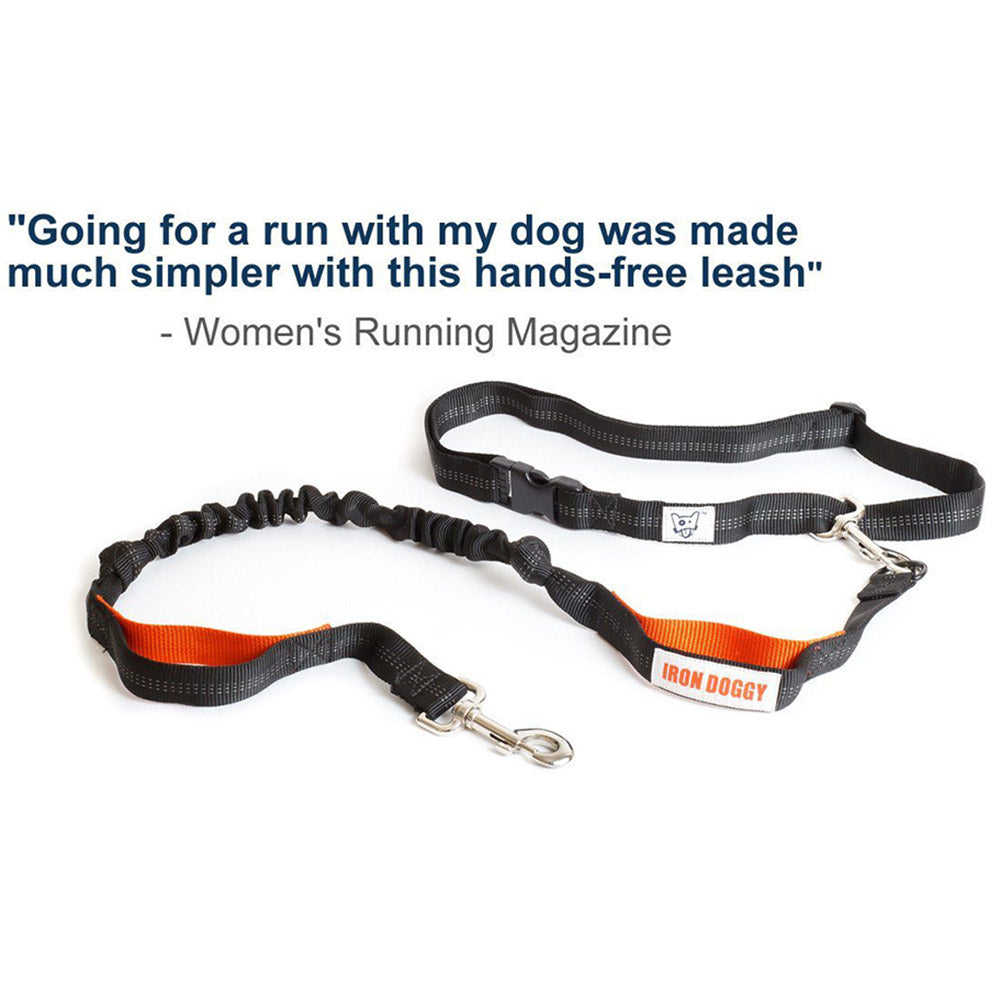
We’re in our 4th week of 10K training with our dog Zola, and we have our fingers crossed that the plan we generated using Smart Coach from Runner’s World hasn’t led us astray. The plan is not intimidating, with lots of short slow runs the first few weeks. The automatic plan generator prompted us for info about our goals. I told it that we wanted to go from a 5K distance to a 10K in 9 weeks, and finish the 10K running an average 10-minute mile.
The plan that is generated has us doing a month of short easy runs, slowly building our mileage and introducing tempo and speed workouts in the final weeks. The plan is interesting if you are into those kinds of things. We use it as a general guideline to get us and our dog to a 10K distance. In the end, we really don’t care how fast we run or that we go the exact distances. Our goal is to increase our dog’s endurance for longer runs in the Fall and to have fun along the way.
Here’s the plan that we generated using Smart Coach:

If you’re thinking about increasing the distance that you are running with your dog, we highly recommend an approach similar to this. Starting off easy, and gradually increasing your distance, prevents you and your dog from getting injured. When it comes to following the plan, you can follow it to the letter or just use it as a general guide. You can make it as difficult or as easy as you want. This time around, we’re taking it easy.
How do we know how many miles we are running?
There are some pretty easy ways to figure this out. You could run at a track where the distance around each lap is known (most are 400 meters). You could go to a website like MapMyRun.com and draw your route on a map to determine distances. You could drive it in your car or on a bike with a speedometer to clock the miles, or you could make a wild guess at your distance based on the number of minutes that you are running. We choose to judge distance based on time, guessing that we are running somewhere around 10:30 miles. The important thing to us is to slowly increase the distance each week, and not go out too far too soon.
How do we know our pace?
We don’t and we don’t care. If you really are into this you can use this fancy device called a watch, or choose from a myriad of apps on your smartphone. Since we are running with an excitable dog, we start out each of our runs going much faster than I like. Our dog is very excited to be hitting the trail. I switch back and forth between running faster than my normal pace to using most of my energy to try to slow her down. By the end of the run, we are all moving at a considerably slower pace. Do we really care if we run a 10K at a 10-minute per mile pace? Not at all. We just want to feel good at the end of our run.
What else do we consider for our training?
We are very concerned with overheating our dog, so we go out on these runs early in the morning while the temperatures are still cool. We feed her a diet that helps to keep her hydrated. When we get home we make certain she has access to plenty of fresh clean water, and that the house is at a temperature where she can easily cool down. We are also spreading out the runs during the week, with lots of walking in-between and plenty of time to recover.
We’re pretty confident that in 5 more weeks we’re going to hit the 10K mark. For us, that means that Zola will be able to go out and run for about an hour at a time without injury, and we will have done it in a pretty relaxed way.
Related Links:
- Runner’s World Smart Coach - you have to create a free account to use the software, but then you can generate a custom training plan like the one above.
- Map My Run - a great tool for figuring out the distances of the runs near your home.
- RunKeeper - a nice app for the iPhone for measuring speed and distance.
- Maximizing Your Dog’s Athletic Performance: Just Add Water - a brilliant post that helps you understand hydration issues for your athletic dog.






